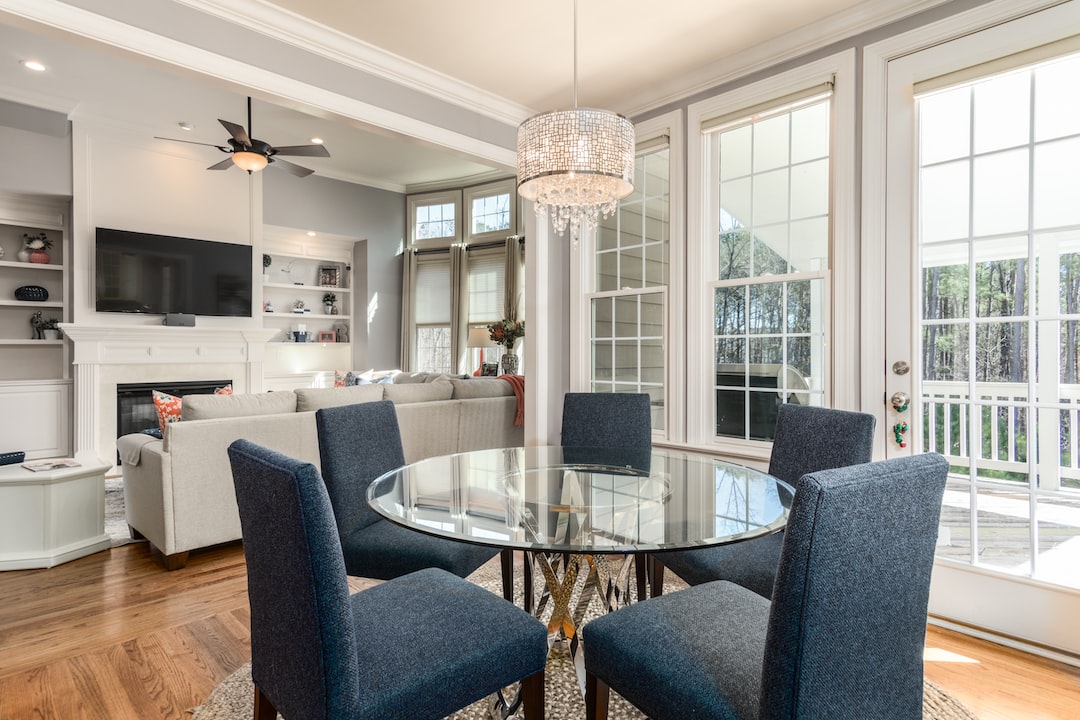How to Stage Your Home for a Quick Sale
Selling a house can be a daunting and stressful task, especially if you want to get it done quickly. One of the best ways to attract potential buyers and ensure a quick sale is by staging your home effectively. Staging refers to the process of making your home visually appealing and well-presented to leave a lasting impression on potential buyers. Here are some valuable tips on how to stage your home for a quick sale.
1. Declutter and Depersonalize
The first step in staging your home is to declutter and depersonalize it. Remove any unnecessary items, such as old furniture, decorations, and personal belongings that can make the space appear cramped or distracting. Create an open and inviting atmosphere that allows potential buyers to envision themselves living in the house.
2. Clean and Repair
A clean and well-maintained house always attracts buyers. Before staging, give your home a thorough cleaning, paying attention to every nook and cranny. This includes not only visible surfaces but also areas such as closets and storage spaces. Repair any visible damages, such as cracked tiles, leaky faucets, or squeaky doors. A well-maintained home gives the impression that it has been taken care of and is worth investing in.
3. Enhance Curb Appeal
The first impression potential buyers will have of your home is its exterior. Enhance the curb appeal of your property by investing time in landscaping, tidying up the front yard, painting the front door, and adding some potted plants or flowers. A well-maintained exterior will entice buyers and make them eager to see what awaits them inside.
4. Neutralize Colors
When staging your home, it’s essential to choose a neutral color palette. Neutral colors create a calming and inviting atmosphere, allowing potential buyers to envision their own style and personal touches. Consider painting the walls in earthy tones such as beige, cream, or pale gray to create a blank canvas that appeals to a wide range of tastes.
5. Highlight Key Features
Identify and highlight the key features of your home, such as a fireplace, large windows, or a beautiful view. Arrange furniture and decorations to draw attention to these features, creating a focal point in each room. This will help potential buyers appreciate the unique aspects of your home and make a positive impression.
6. Create a Sense of Space
It’s important to create a sense of space in each room to make it appear larger and more appealing. Remove any unnecessary furniture that can make the room feel cramped. Arrange the remaining furniture in a way that maximizes flow and creates a sense of openness. Mirrors can also be used strategically to give the illusion of a larger space.
7. Maximize Natural Light
Natural light has a way of making any space feel warm and inviting. Open curtains and blinds to let in as much natural light as possible, making the rooms feel bright and cheery. If there are areas that lack natural light, consider adding artificial lighting, such as lamps or recessed lights, to make those areas appear more inviting.
8. Add Finishing Touches
To complete the staging process, add some finishing touches that make the house feel like a home. Fresh flowers on the dining table, tasteful artwork on the walls, and scented candles can create a welcoming ambiance. Pay attention to the details, such as ensuring all light bulbs are working, and that the house smells pleasant. These small touches can leave a lasting impression on potential buyers.
Staging your home for a quick sale requires effort, but it is a worthwhile investment of time and resources. By decluttering, cleaning, and creating an inviting atmosphere, you are more likely to attract potential buyers and achieve a faster sale. Remember, a well-staged home not only looks impressive in listing photos but also creates an unforgettable experience for potential buyers during viewings. With these tips in mind, get ready to stage your home and increase your chances of a successful sale.

